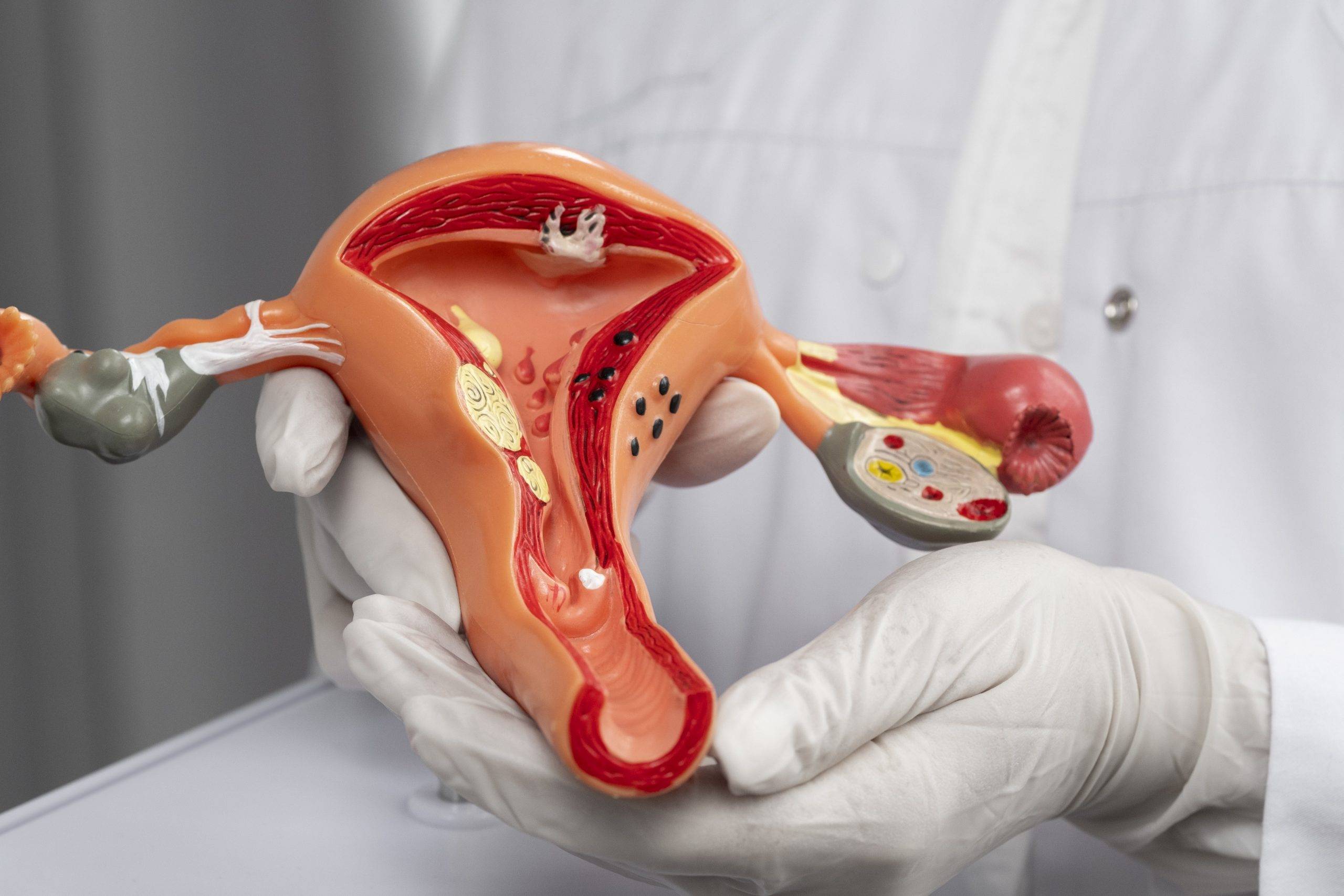
Myoma is a term often heard but not always understood. What exactly is a myoma? Myomas, also known as fibroids, are non-cancerous growths that develop in or around the uterus. They can vary in size from tiny seedlings to large masses that can distort and enlarge the uterus. Why should you care about myomas? These growths can cause a range of symptoms, including heavy menstrual bleeding, pelvic pain, and reproductive issues. Understanding myomas is crucial for managing your health and knowing when to seek medical advice. In this post, we’ll explore 33 essential facts about myomas, shedding light on their causes, symptoms, and treatment options. Whether you're experiencing symptoms or just curious, this guide will provide valuable insights into this common condition.
What is Myoma?
Myoma, also known as fibroids, are non-cancerous growths that develop in or on the uterus. They can vary in size and number, causing a range of symptoms. Let's dive into some fascinating facts about myoma.
-
Common Condition: Myomas are quite common, affecting up to 70% of women by age 50.
-
Benign Tumors: These growths are benign, meaning they are not cancerous and do not spread to other parts of the body.
-
Varied Sizes: Myomas can be as small as a pea or as large as a melon.
-
Multiple Types: There are different types of myomas, including submucosal, intramural, and subserosal, depending on their location in the uterus.
-
Hormone-Driven: Estrogen and progesterone, hormones that regulate the menstrual cycle, can promote the growth of myomas.
-
Asymptomatic Cases: Many women with myomas experience no symptoms and may not even know they have them.
Symptoms of Myoma
While some women may not experience any symptoms, others might face various challenges due to myomas. Here are some common symptoms.
-
Heavy Menstrual Bleeding: Myomas can cause heavy or prolonged menstrual periods.
-
Pelvic Pain: Some women experience pain or pressure in the pelvic area.
-
Frequent Urination: Large myomas can press on the bladder, leading to frequent urination.
-
Constipation: Pressure on the rectum from myomas can cause constipation.
-
Backache: Lower back pain is another possible symptom.
-
Pain During Intercourse: Some women may experience pain during sexual activity due to myomas.
Causes and Risk Factors
Understanding what causes myomas and the risk factors can help in managing and preventing them.
-
Genetic Factors: A family history of myomas increases the risk of developing them.
-
Age: Women in their 30s and 40s are more likely to develop myomas.
-
Ethnicity: African-American women are more likely to develop myomas compared to women of other ethnicities.
-
Obesity: Being overweight can increase the risk of myomas.
-
Diet: A diet high in red meat and low in green vegetables, fruit, and dairy can increase the risk.
-
Early Menstruation: Starting menstruation at an early age is linked to a higher risk of myomas.
Diagnosis and Treatment
Diagnosing and treating myomas involves various methods and approaches. Here are some key points.
-
Ultrasound: An ultrasound is a common imaging test used to diagnose myomas.
-
MRI: Magnetic resonance imaging (MRI) can provide detailed images of myomas.
-
Hysteroscopy: This procedure involves inserting a small camera into the uterus to look for myomas.
-
Medications: Hormonal medications can help shrink myomas and manage symptoms.
-
Non-Invasive Procedures: Uterine artery embolization (UAE) is a non-invasive procedure that cuts off the blood supply to myomas, causing them to shrink.
-
Surgery: In severe cases, surgical options like myomectomy (removal of myomas) or hysterectomy (removal of the uterus) may be necessary.
Impact on Fertility and Pregnancy
Myomas can affect fertility and pregnancy in various ways. Here are some important facts.
-
Infertility: Myomas can cause infertility by blocking the fallopian tubes or distorting the shape of the uterus.
-
Pregnancy Complications: They can lead to complications such as preterm birth, miscarriage, or abnormal fetal position.
-
Cesarean Delivery: Women with myomas are more likely to require a cesarean delivery.
-
Growth During Pregnancy: Myomas can grow larger during pregnancy due to increased hormone levels.
-
Postpartum Hemorrhage: There is a higher risk of heavy bleeding after childbirth in women with myomas.
Lifestyle and Management
Managing myomas involves lifestyle changes and regular medical check-ups. Here are some tips.
-
Healthy Diet: Eating a balanced diet rich in fruits, vegetables, and whole grains can help manage myomas.
-
Regular Exercise: Staying active can help maintain a healthy weight and reduce the risk of myomas.
-
Stress Management: Reducing stress through activities like yoga and meditation can have a positive impact.
-
Regular Check-Ups: Regular visits to the gynecologist can help monitor myomas and manage symptoms effectively.
The Final Fact
Myoma, a condition often misunderstood, affects many women worldwide. Knowing the symptoms, causes, and treatment options can make a huge difference in managing it. From heavy menstrual bleeding to pelvic pain, these growths can impact daily life. But, with medical advancements, there are effective treatments available, like medications, non-invasive procedures, and surgery.
Understanding the risk factors such as genetics, hormonal imbalances, and lifestyle choices can help in early detection and prevention. Regular check-ups and being aware of changes in your body are crucial.
By staying informed and proactive, women can take control of their health and well-being. If you or someone you know is experiencing symptoms, consult a healthcare professional for proper diagnosis and treatment. Knowledge is power, and with the right information, you can tackle myoma head-on.
Was this page helpful?
Our commitment to delivering trustworthy and engaging content is at the heart of what we do. Each fact on our site is contributed by real users like you, bringing a wealth of diverse insights and information. To ensure the highest standards of accuracy and reliability, our dedicated editors meticulously review each submission. This process guarantees that the facts we share are not only fascinating but also credible. Trust in our commitment to quality and authenticity as you explore and learn with us.
